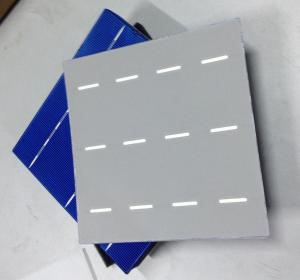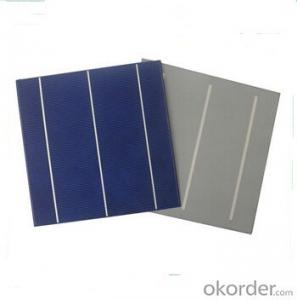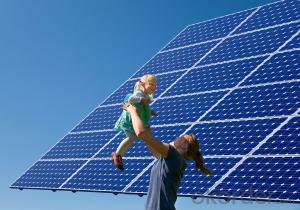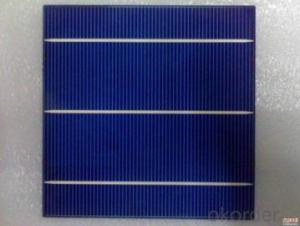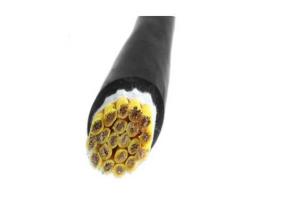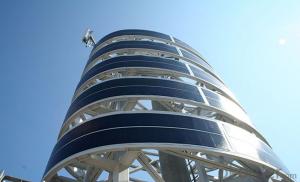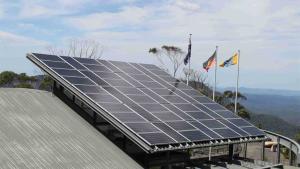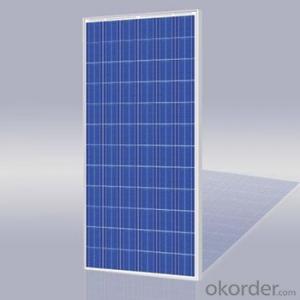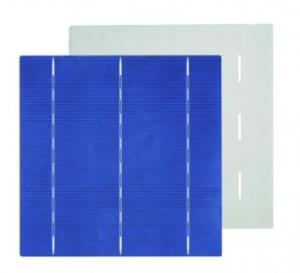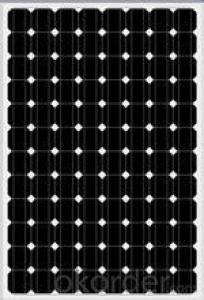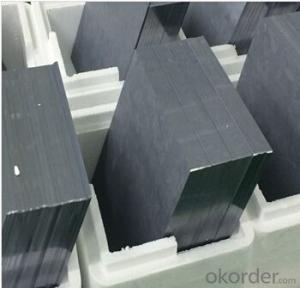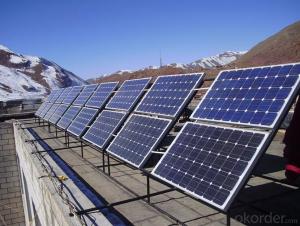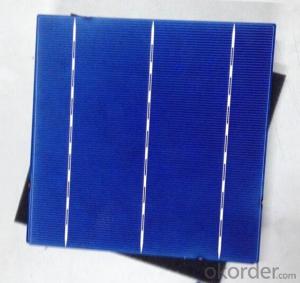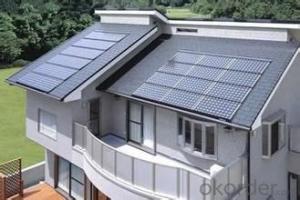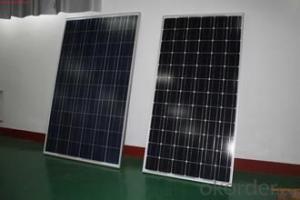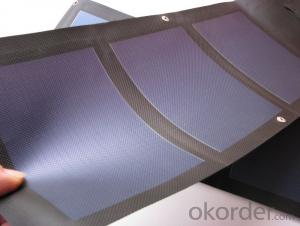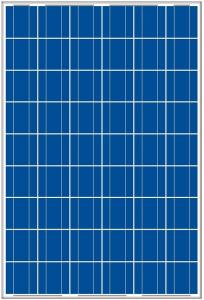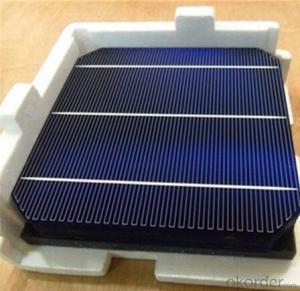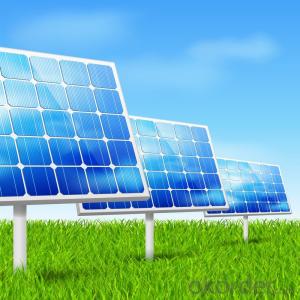Flexible Silicon Solar Cells
Flexible Silicon Solar Cells Related Searches
Flexible Solar Cells Flexible Organic Solar Cells Flexible Polymer Solar Cells Flexible Thin Film Solar Cells Buy Flexible Solar Cells Flexible Solar Cells Price Flexible Solar Cells For Sale Flex Solar Cells Foldable Solar Cells Folding Solar Cells Amorphous Silicon Solar Cells Floating Solar Cells Free Solar Cells Photovoltaic Solar Cells Full Spectrum Solar Cells Affordable Solar Cells Folding Usb Solar Cells Printable Solar Cells Ferroelectric Solar Cells Bendable Solar Cells Fiber Based Solar Cells High Efficiency Solar Cells Crystalline Solar Cells Compact Solar Cells Electric Solar Cells Pid Free Solar Cells Residential Solar Cells Bifacial Solar Cells High Performance Solar Cells Highly Transparent Solar CellsFlexible Silicon Solar Cells Supplier & Manufacturer from China
Flexible Silicon Solar Cells are a type of photovoltaic technology that utilizes thin-film silicon layers to convert sunlight into electricity. These solar cells are known for their flexibility, lightweight, and durability, making them an ideal choice for various applications. They can be easily integrated into different surfaces, such as rooftops, vehicles, and portable devices, due to their unique properties. This adaptability allows for a wide range of usage scenarios, from powering remote sensors and electronic devices to providing energy for off-grid living and emergency situations.Okorder.com is a leading wholesale supplier of Flexible Silicon Solar Cells, offering a vast inventory of high-quality products to cater to the diverse needs of customers worldwide. With a commitment to providing reliable and efficient solutions, Okorder.com ensures that their Flexible Silicon Solar Cells meet the highest industry standards. This extensive selection allows customers to find the perfect solar cell solution for their specific requirements, whether it's for residential, commercial, or industrial applications.
Hot Products
